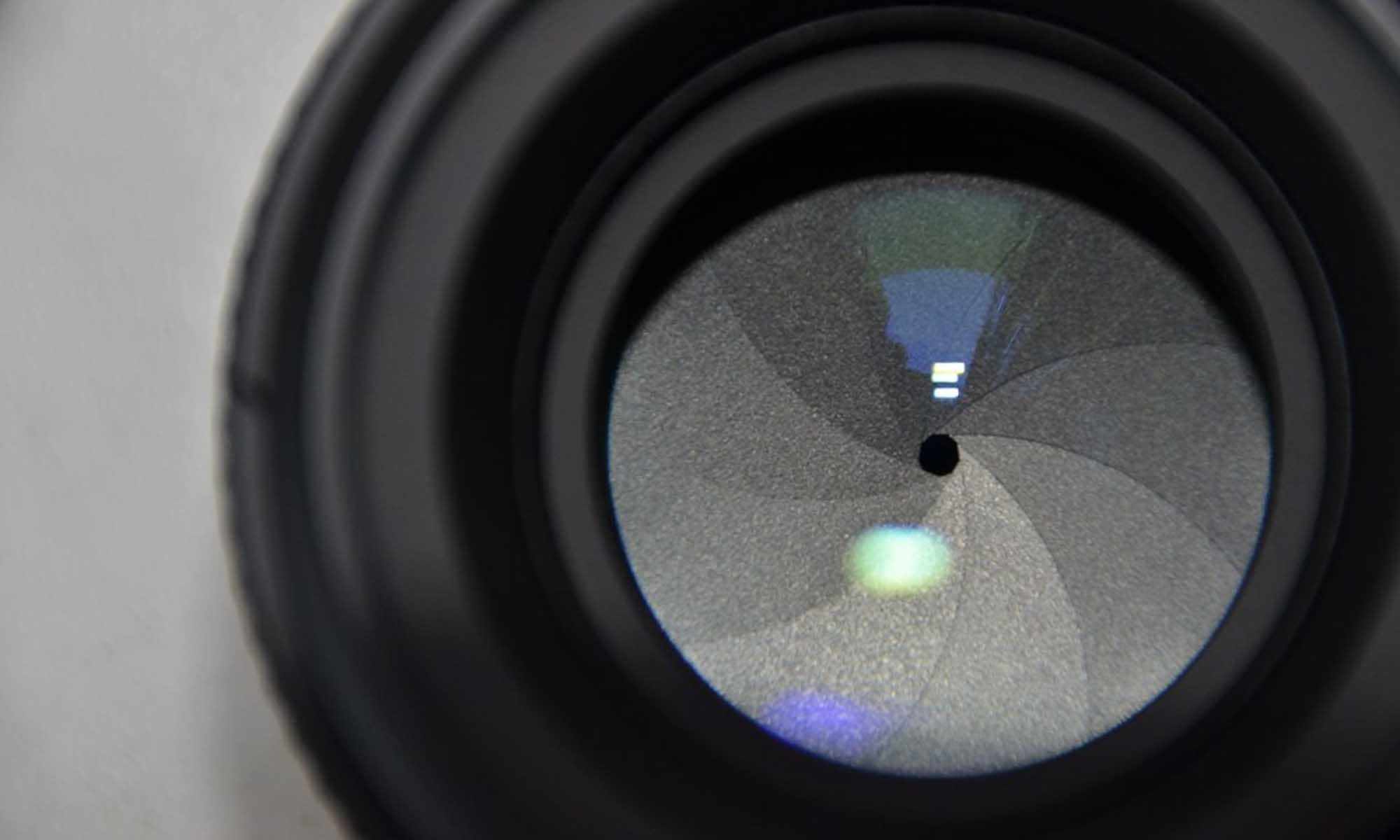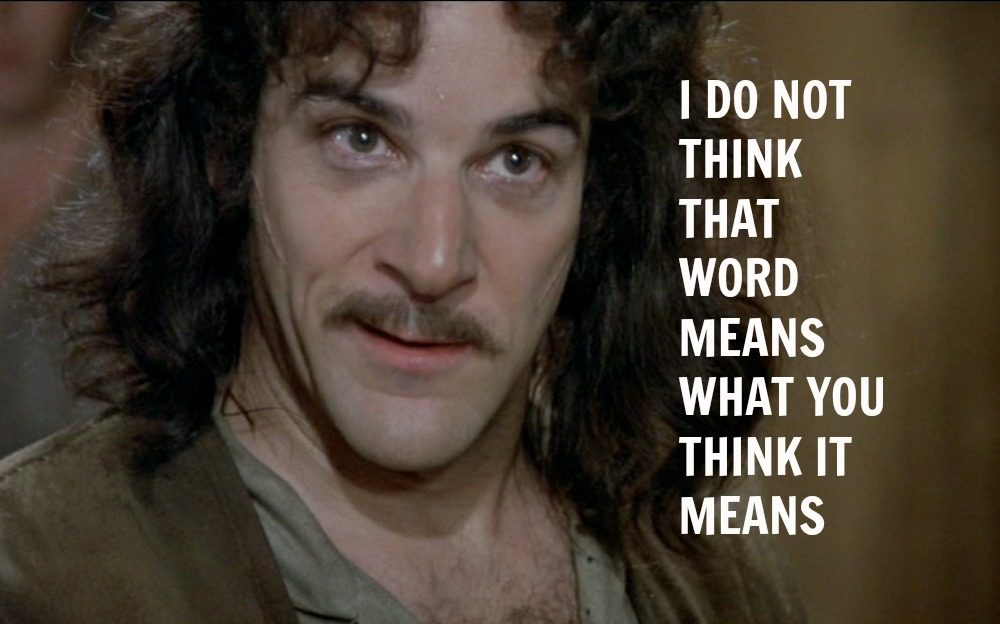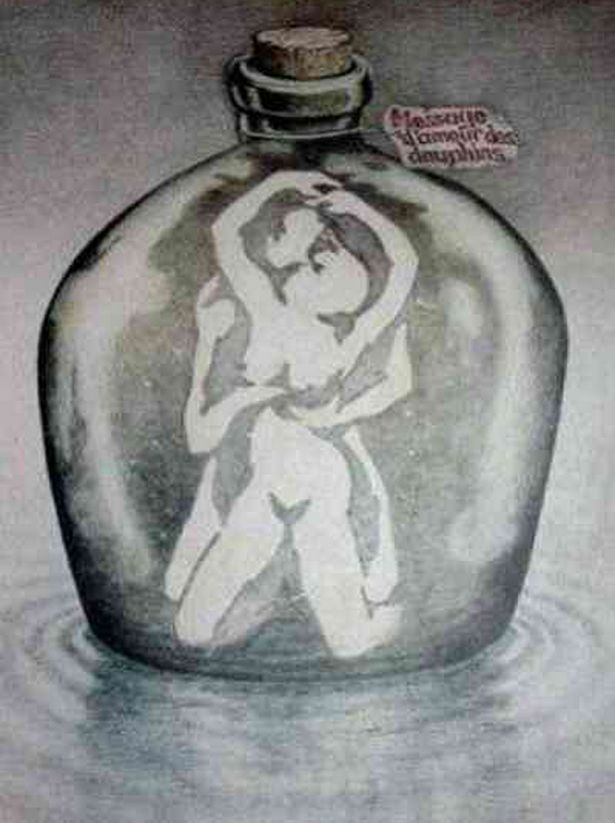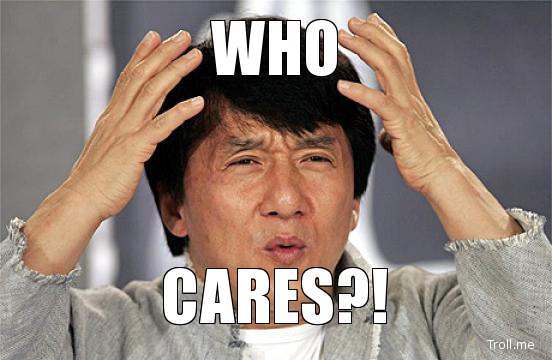“Paradigm” is one of those interesting words. The ascribed meaning of the word”paradigm” drifted so far away from the intended meaning that it lost it’s potency.
Originally a paradigm was a form of an optical illusion. We’ve all seen the pictures of the old grandma with the big nose, but when pointed out to you, you see a young lady with a fur coat. This example below is particularly interesting:
When showing this to my 7 year old she saw the dolphins and she tried to count how many there are. My 12 year old saw two people doing a modern dance…what ever that means. The most fascinating thing about paradigms, as stated earlier, is that you can understand the surrogate meaning better by knowing the intended meaning.
Signal and Noise
In media we work with the concept of signal to noise. Expressed in a ration like 1:3. It describes the ratio of useful info in relation to nonsense. Photographers will think of this as the subject against the background.
The Shift
Paradigms, unlike other optical illusions, interchangeably uses the signal as noise and the noise as signal. Consider the example above. When you see the dolphins, the “dancers” becomes the background. When you see the “dancers” the dolphins becomes background. Your mind refuse to put both on the same plane. It snaps almost like magnets does. The “paradigm shift” is when you mind switch from the one to the other.
So Who Cares?
Knowing the true meaning of the word paradigm and knowing the origin in philosophy, helped me tell the forest from he trees. Even more so having the clear illustration of a picture that your mind can only see or not see depending on the context.
The take-away? Context is as important as content.




